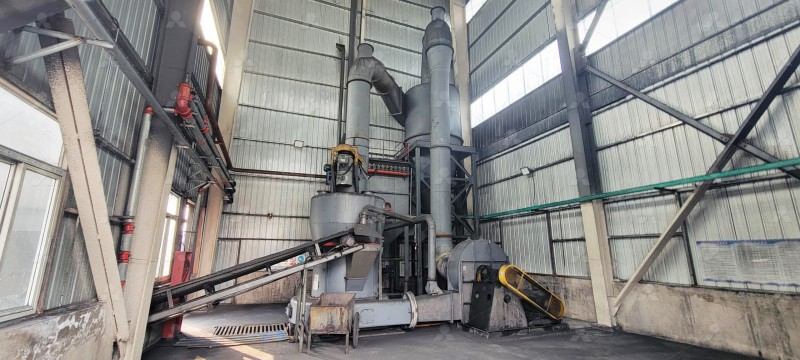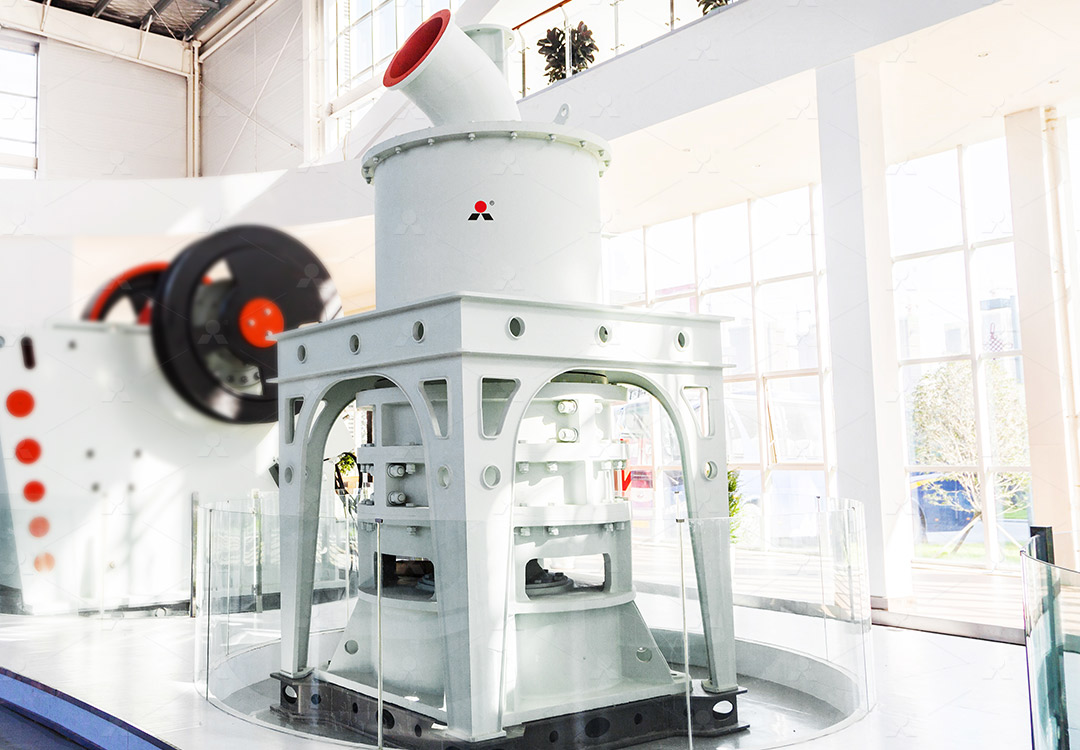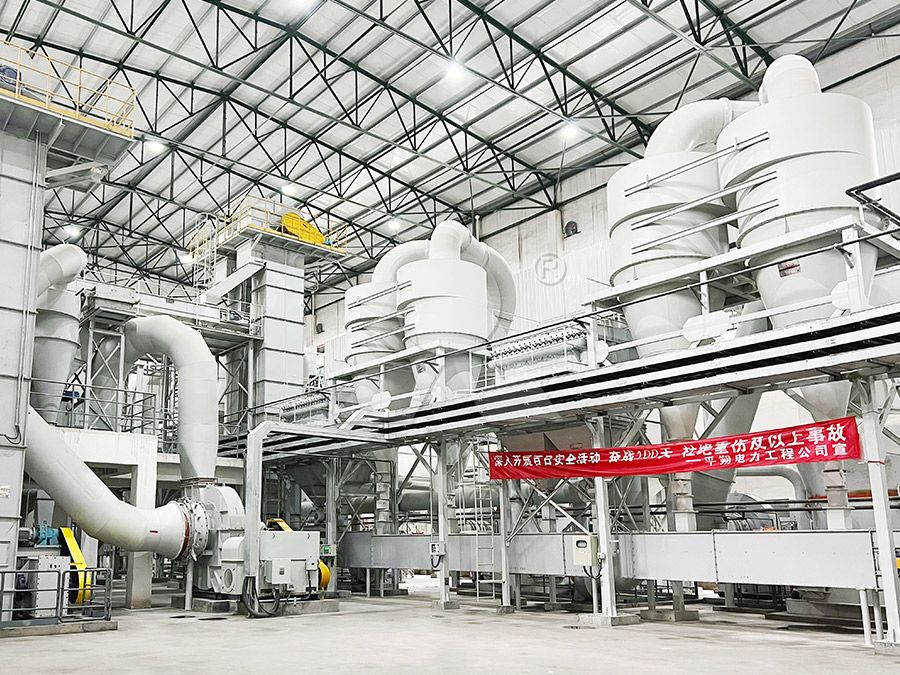Automated Gangue Pulverizing Production Line: Cost and Configuration Guide
Automated Gangue Pulverizing Production Line: Cost and Configuration Guide
For mining operations and industrial processors dealing with gangue materials, selecting the right pulverizing equipment represents one of the most critical capital expenditure decisions. An optimized automated production line doesn’t just process waste rock—it transforms potential environmental liabilities into valuable resources while maximizing operational efficiency.

Understanding Gangue Processing Requirements
Gangue, the commercially worthless material surrounding target minerals, presents unique challenges in processing. Its variable composition, abrasive nature, and volume demand equipment that can handle fluctuating feed sizes while maintaining consistent output quality. Traditional crushing methods often prove inadequate, leading to excessive wear parts replacement and unpredictable downtime.
The ideal automated system addresses three core concerns: particle size reduction efficiency, energy consumption optimization, and environmental compliance. Modern facilities require solutions that integrate seamlessly with existing operations while providing real-time monitoring capabilities for production managers.
Equipment Selection: Matching Technology to Throughput Needs
When configuring your production line, consider both immediate capacity requirements and future expansion plans. For operations targeting ultra-fine powders between 325-2500 meshes, the MW Ultrafine Grinding Mill represents a technological leap forward. With an input size capacity of 0-20 mm and throughput ranging from 0.5 to 25 tph, this system adapts to varying production demands while maintaining exceptional particle consistency.
The MW series incorporates several innovations that directly impact operational costs. Its unique grinding chamber design eliminates rolling bearings and screws in the grinding zone, addressing two common failure points that plague conventional mills. External lubrication systems enable maintenance without production stoppages, while integrated pulse dust collection ensures environmental standards are met without auxiliary equipment investments.

Cost Considerations Beyond Initial Purchase Price
Savvy operations managers evaluate equipment based on total cost of ownership rather than initial capital outlay. The MW Ultrafine Grinding Mill demonstrates 40% higher production capacity compared to jet mills and double the output of ball mills at equivalent fineness levels. More significantly, system energy consumption registers at just 30% of comparable jet milling operations—a substantial saving given that power typically constitutes 40-60% of operating expenses in grinding applications.
Additional savings materialize through reduced maintenance requirements. The absence of internal screws and bearings in the grinding chamber eliminates related failure modes, while external lubrication points simplify routine servicing. For operations running multiple shifts, these design features translate to higher availability and reduced labor costs.
Automation and Control Integration
Modern gangue processing demands more than just mechanical efficiency—it requires intelligent control systems. The cage-type powder selector in the MW series incorporates German technology for precise particle separation, with multi-head configurations available to match specific output requirements. Digital processing throughout manufacturing ensures component precision, particularly for core grinding elements where tolerances directly impact final product quality.
Automated monitoring systems track operational parameters in real-time, allowing for remote adjustment of fineness between 325-2500 meshes. This capability enables operations to quickly adapt to changing product specifications without mechanical modifications or extended downtime.

Environmental Compliance and Community Relations
Beyond pure economics, modern grinding operations must address environmental considerations. The integrated pulse dust collector in the MW system operates at efficiency levels that eliminate visible emissions, while silencers and noise reduction engineering maintain acoustic profiles within regulatory limits. These features not only ensure compliance but also support positive community relations for operations near residential areas.
Frequently Asked Questions
What is the typical payback period for upgrading to an automated gangue pulverizing line?
Most operations report 12-24 month returns on investment, primarily through energy savings (30-50% reduction), increased throughput (40%+ capacity improvement), and reduced maintenance labor. The exact timeframe depends on local electricity costs and production volumes.
How does the MW Ultrafine Grinding Mill handle variations in gangue composition?
The mill’s adjustable grinding parameters and robust construction accommodate significant variation in material hardness and composition. The hydraulic adjustment system allows operators to fine-tune grinding pressure without shutdowns, while the wear-resistant alloy construction extends component life in abrasive applications.
Can the system integrate with existing crushing and screening operations?
Yes, the MW series is designed for seamless integration with upstream and downstream processes. Standard input size of 0-20mm matches well with most secondary crushing outputs, while the compact footprint facilitates retrofitting into existing facilities.
What technical support is available during and after installation?
We provide comprehensive technical services including installation supervision, operator training, and original spare parts supply. Our support network ensures worry-free operation with rapid response to technical inquiries.
How does the environmental performance compare to traditional grinding systems?
The MW system operates under negative pressure with integrated dust collection, typically reducing particulate emissions by 95% compared to open systems. Noise levels are maintained below 85 dB through integrated silencing technology.
